How to Keep Lady Bugs On Plants?
2 months ago
last modified: 2 months ago
Featured Answer
Sort by:Oldest
Comments (28)
- 2 months ago
Related Professionals
Arnold Landscape Architects & Landscape Designers · Manorville Landscape Architects & Landscape Designers · Brockton Landscape Contractors · Columbine Landscape Contractors · Deer Park Landscape Contractors · Lynwood Landscape Contractors · Pahrump Landscape Contractors · Pleasant Prairie Landscape Contractors · Grand Haven Landscape Architects & Landscape Designers · Stoughton Landscape Contractors · Edmond Landscape Contractors · South Hackensack Landscape Contractors · Western Springs Solar Energy Systems · Kentwood General Contractors · Texas City General Contractors- 2 months ago
- 2 months ago
- 2 months agolast modified: 2 months agowestes Zone 9b California SF Bay thanked Joseph Despins
- last month
- last month
- last month
- last monthlast modified: last month
- last monthlast modified: last month
- last monthwestes Zone 9b California SF Bay thanked rhizo_1 (North AL) zone 7
- last monthlast modified: last monthwestes Zone 9b California SF Bay thanked floral_uk z.8/9 SW UK
- last month
- last month
- last monthwestes Zone 9b California SF Bay thanked rhizo_1 (North AL) zone 7
- last month
- last monthlast modified: last month
- 18 days ago
Related Stories
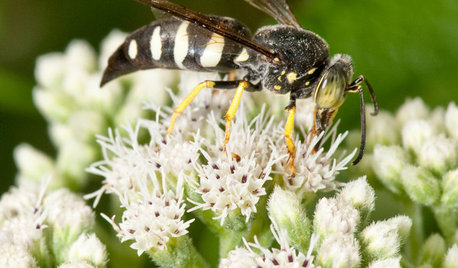
GARDENING GUIDESSand Wasps Keep True Bugs in Check and Help Pollinate Summer Flowers
Look for these solitary wasps nesting in sandy sites and foraging on flowers in July and August
Full Story
OUTDOOR ACCESSORIESHow to Keep Bugs Away While You Enjoy the Outdoors
Reduce your chances of being bitten by mosquitoes and other critters this summer
Full Story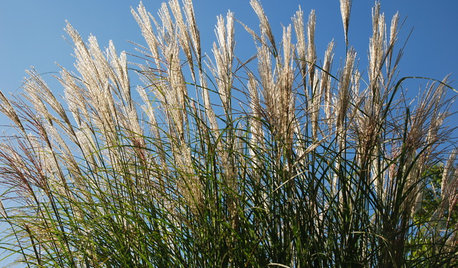
LIFEConsider Avoiding These Plants to Help Keep Your Garden Fire-Safe
Plants that accumulate dead material, are high in oil or have low moisture content in leaves put some homes at risk
Full Story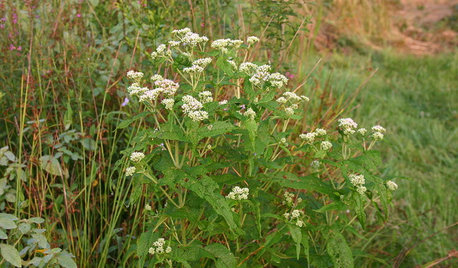
GARDENING GUIDESGreat Design Plant: Common Boneset Helps Good Bugs Thrive
Support bees, moths and butterflies with the nectar of this low-maintenance, versatile and tactile prairie-style plant
Full Story
NATIVE PLANTS5 Ways to Keep Your Native Plant Garden Looking Good All Year
It’s all about planning ahead, using sustainable practices and accepting plants as living organisms
Full Story
EVENTSEnjoy Plantings, Eat Bugs and Learn at the Australian Garden Show
Indulge your senses at this four-day celebration of gardening, food and more in Sydney — and don't forget to try the crickets
Full Story
PETSGarden Alert: 22 Plants to Keep Away From Pets
Avoid potential danger by keeping dogs and cats away from these landscaping and houseplant favorites
Full Story
GARDENING GUIDESGreat Design Plant: Slipper Plant
Unthirsty succulent looks great all year and offers an unexpected surprise in fall
Full Story
GARDENING GUIDESInvite Mining Bees to Your Garden by Planting Their Favorite Plants
Look for mining bees (Andrena) pollinating woodland wildflowers in U.S. gardens this spring
Full Story
GARDENING AND LANDSCAPINGBreezy and Bug-Free Modern Porches
Screening keeps pests out of these diverse porches across the U.S., while thoughtful designs keep them visually appealing
Full Story





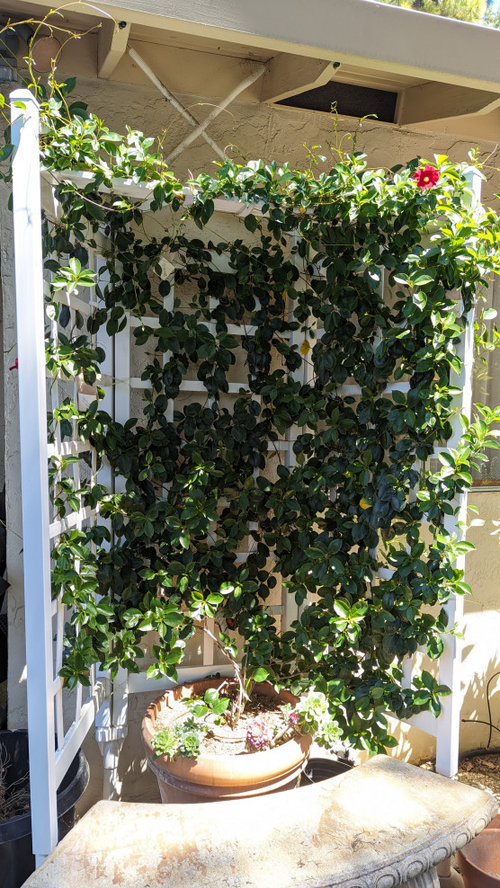
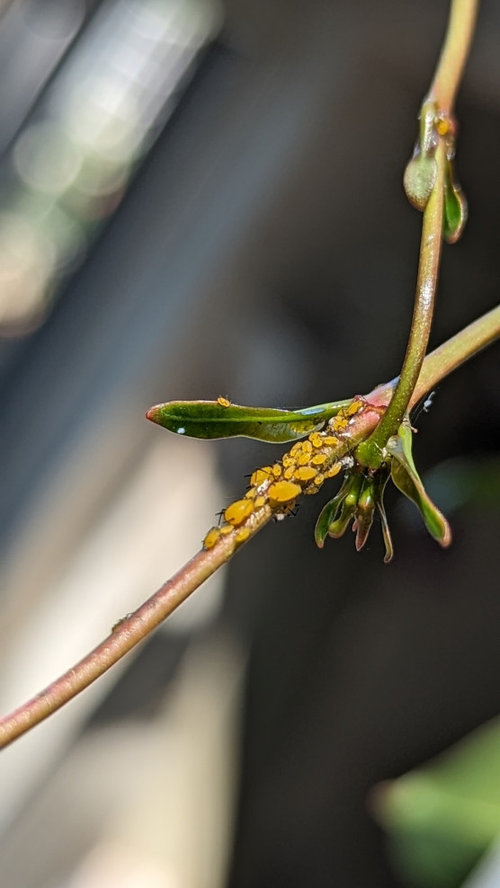
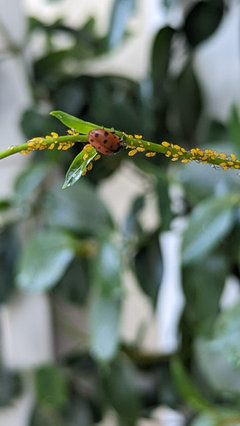


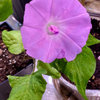

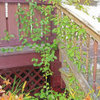
Joseph Despins